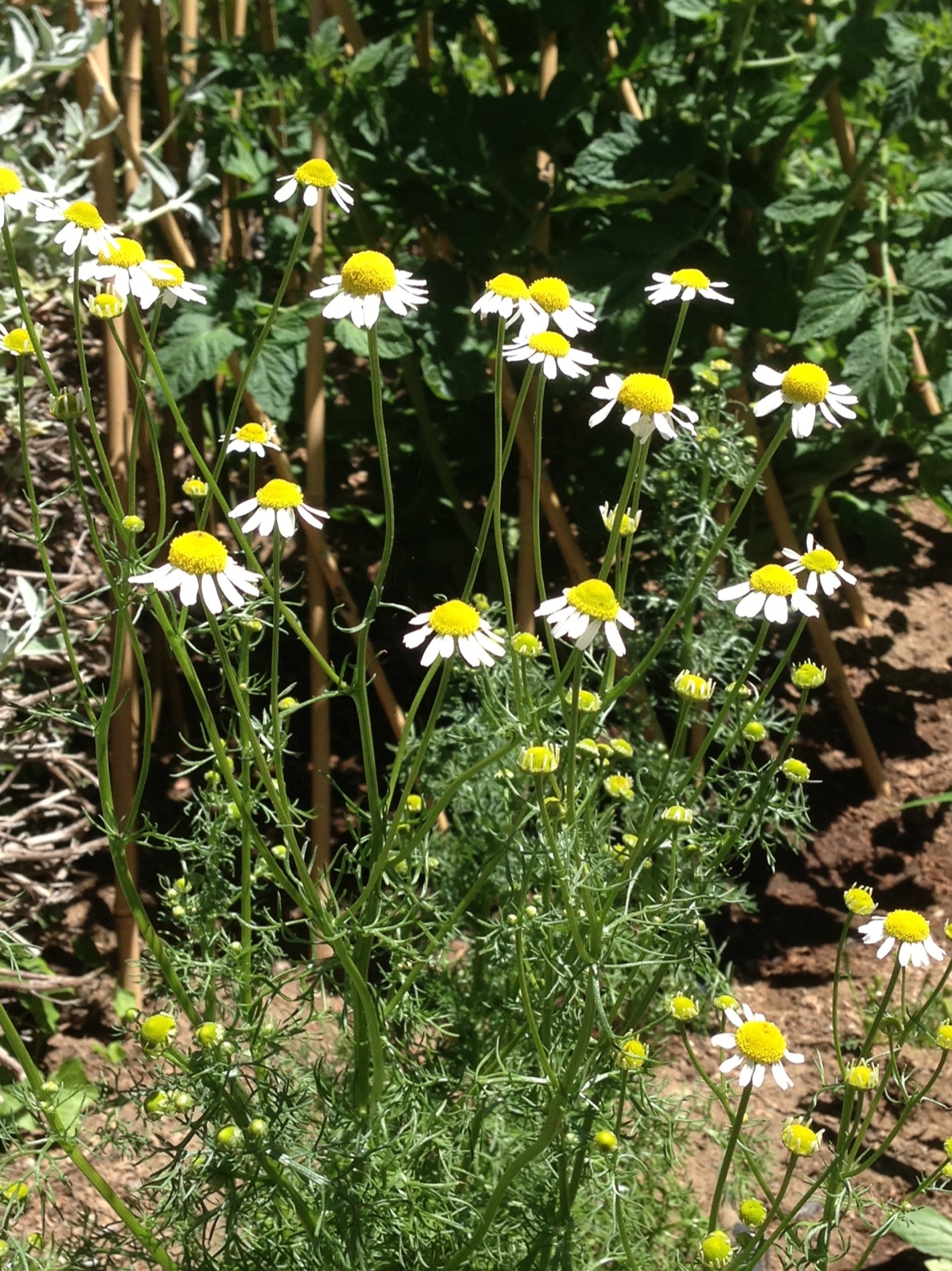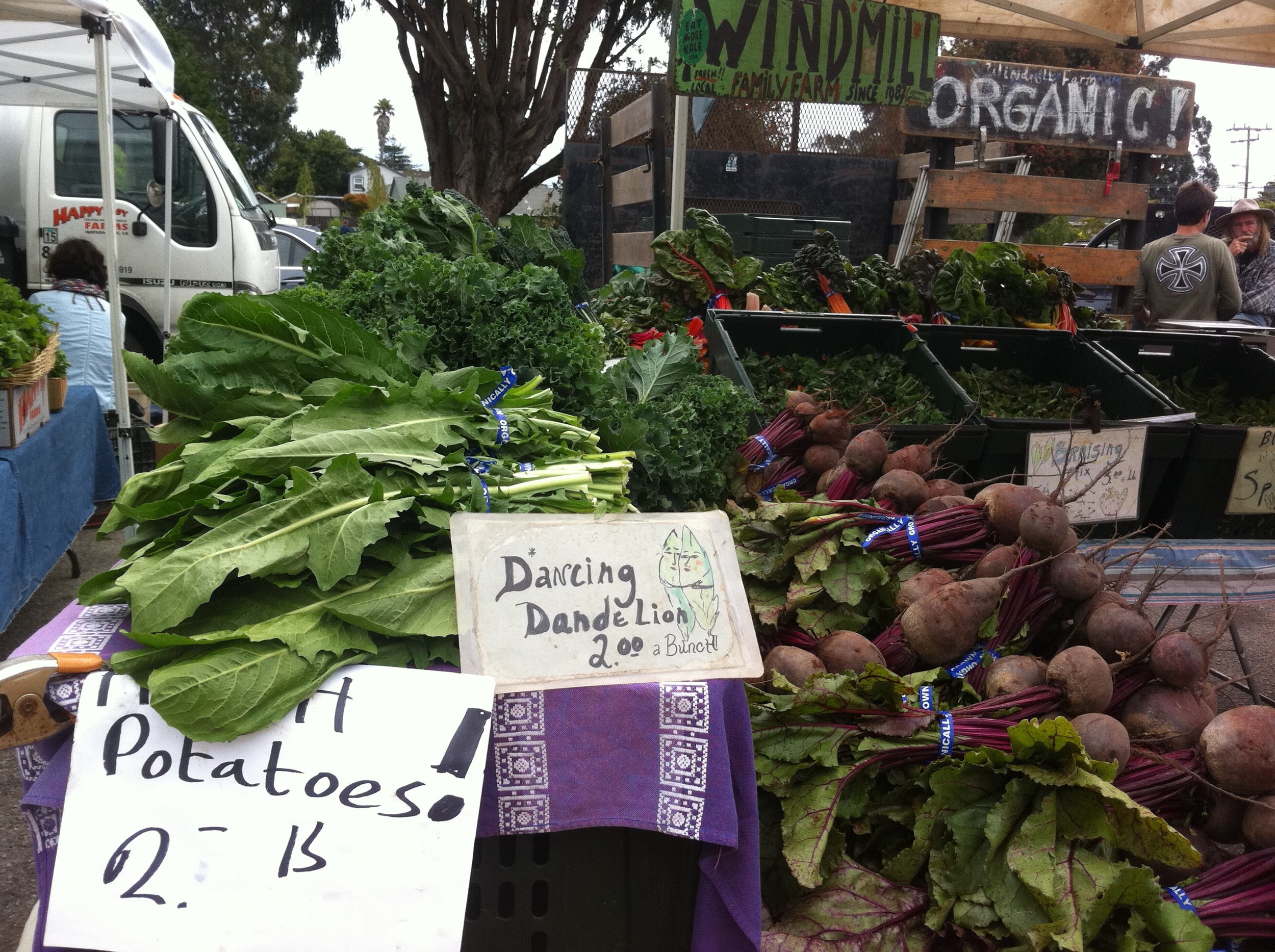
It’s citrus season here in Santa Cruz and the Farmers’ markets are awash with lemons, limes, oranges and a huge variety of satsumas, mandarins and clementines (I can never tell which is which). Not to mention grapefruits and pomelos. It’s kind of a spin out for this London herbalist to see locally grown citrus fruit – I still find myself stopping and staring at the loaded trees in people’s gardens. With their rounded shape and blobs of brightly coloured fruit, they look like children’s drawings rather than living, growing plants.
I was lucky enough on Friday to be given a 10lb bag each of lemons and limes. Some of which are in the picture above. One of the things which fascinates me about being here is how it turns my experience of the world around. Everyone knows that lemons are yellow and limes are green, right? Except these aren’t: the lemons are orange and the limes yellow. The latter are called bear limes and are a lot sweeter than the ones I used to buy in England. They have a beautiful fragrance too.
Lemons are kind of overlooked when it comes to herbal medicine, perhaps because they are so widely used in cooking. But, of course, they are a fantastic source of Vitamin C as well as containing good amounts of potassium and vitamin B1. Everyone knows that a hot honey and lemon will help the symptoms of a cold, to the extent that many pharmaceutical remedies are lemon-flavoured. It is also widely seen as a ‘cleansing’ drink when added to hot water – something I drink most days.
This unexpected bounty made me think about what to do with them. A handful of each have been cut into wedges and popped in bags in the freezer to add a citrussy chill to drinks or have boiling water poured over the make my favourite daily drink. But with the rest I’ve started making a childhood favourite, Lemon Curd. When I was growing up, my grandmother always had a jar on the go, which was spread like jam on bread, used to sandwich a sponge cake or, best of all, alternated with her other homemade preserves to create bright yellow spokes on her dinner plate sized jam tart. A circle of pastry, divided into segments with twists of pastry to create a colourful and child-pleasing desert.
Lemon Curd isn’t really a jam as it contains eggs and butter, although it’s not lacking in the obligatory sugar. Like many women of my generation, I’m pretty reluctant to give my son large amounts of sugar, but there’s no getting away from the allure of sweet things to the seven year old boy’s tastebuds. He’s a huge fan of pancakes for breakfast and as I draw the line at the dreaded syrup, he usually has lemon juice and honey on them. But as we found this morning, a pancake rolled around a spreading of fresh lemon curd makes for an extremely delicious breakfast. And it strikes me that this is a comparatively healthy way for him to fulfil his sweet desires. The eggs (and there are a lot of them – two whole eggs and two yolks to 2 lemons in each 1lb jar makes it more egg than lemon, really) provide omega 3 and protein, which as well as being good for him, also slows down the breakdown of the sugar. And a shot of Vitamin C is never a bad thing, especially in winter. Since lemons are very acidic, it’s probably a good idea to have a glass of water afterwards and not brush teeth immediately (fresh acid brushed into the enamel is not a good idea according to the dentists I know).
If you can lay your hands on some lemons, and this recipe only uses two so you don’t need a whole bowlful, then why not make some of this yummy preserve yourself? It’s best kept in the fridge and I’d give it a life of a month or two, though chances are you’ll have finished it up long before then. The recipe below is shamelessly nicked from Nigella Lawson. If you can’t think what to do with the extra egg whites and have a bit of time on your hands, then why not throw health to the wind and use it to make the Lemon Meringue Cake from her book Feast? In my house, even the most hardened healthy eater or desert denier has never refused a second slice!
Lemon Curd Recipe
2 Lemons, zested and squeezed
2 large eggs
2 egg yolks (from large eggs)
150g caster sugar
100g unsalted butter
1. Beat the eggs, egg yolks and sugar together.
2. Melt the butter in a heavy based pan and when melted add the juice and zest of the lemons.
3. Keep it on a gentle heat and stir. You really don’t want to have the heat too high as that will diminish the Vitamin C content of the finished spread. You also don’t want to end up with lemony scrambled eggs!
4. Keep stirring, don’t give up when it seems like it will never thicken.
5. When it eventually does thicken (so that a little smeared onto your finger from the spoon – careful, it’s hot – goes sticky and thick as it cools). Take it off the heat.
5. Pour into a clean and sterilised 1lb (500g) jar.
6. Allow to cool. Lid and label and pop it in the fridge.
If you have any seven year olds around the place, allow them some time with the (cooled) pan and spoon. They will really love you!










